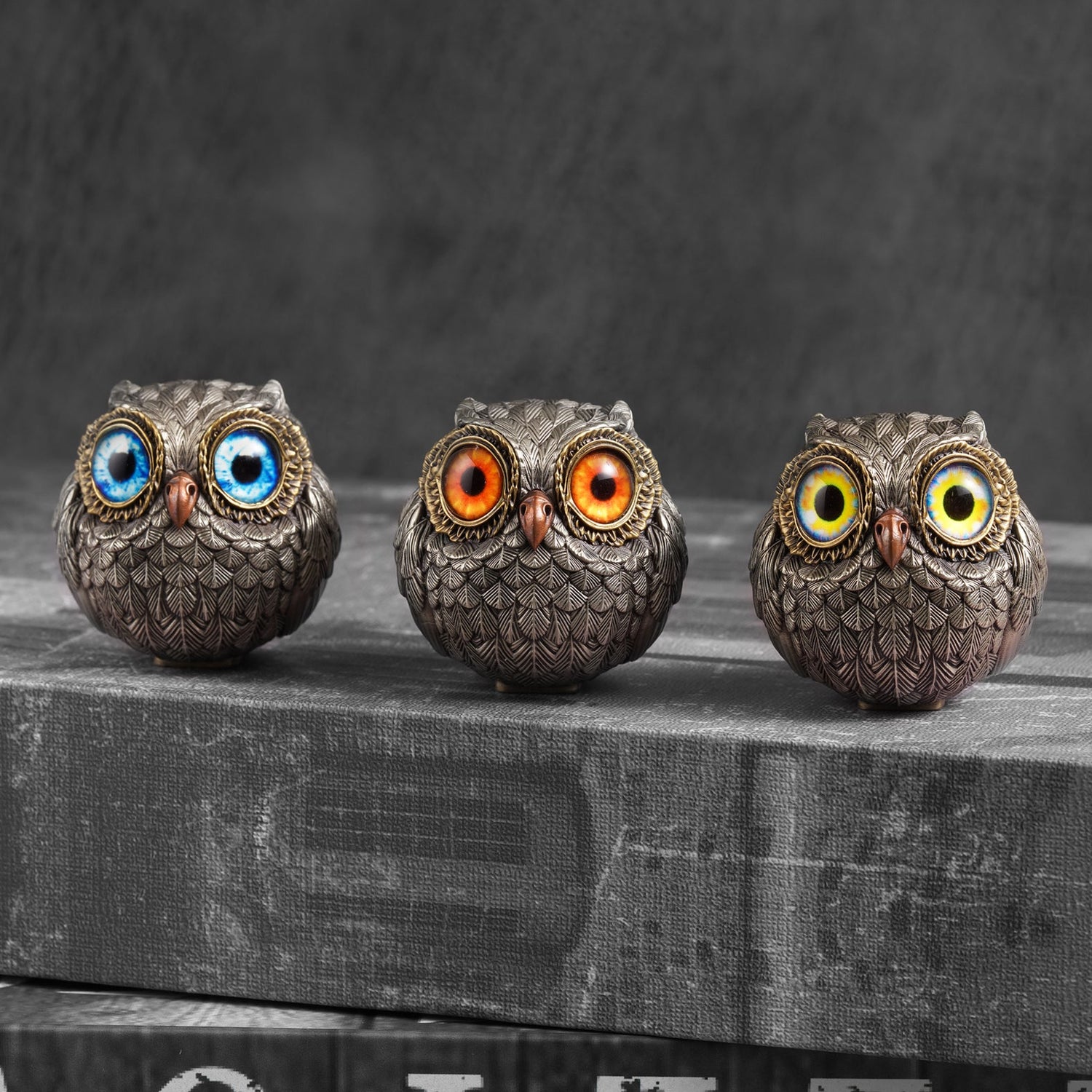Bronze, an alloy of copper and tin, has long enchanted artists and admirers alike with its lasting strength, timeless elegance, and rich, symbolic layers. More than a mere medium, bronze tells stories, preserves legacies, and connects us to ancient beliefs and timeless values. In this exploration, we dive into the deep symbolism woven into bronze sculptures, uncovering how these timeless pieces bridge history, culture, and art in ways that are still relevant today.
Historical and Cultural Significance of Bronze Sculptures
Bronze sculptures hold a legacy that stretches back thousands of years, with significant examples found in ancient Egypt, Greece, and Rome. In these cultures, bronze wasn’t simply a material—it was a storyteller and a witness to history. These statues captured the essence of major events, revered leaders, and divine beings, making them symbols of cultural heritage. For instance, in ancient Greece, bronze sculptures often depicted gods and mythological figures, reflecting the spiritual beliefs and cultural values of the time. The historical significance of bronze in these societies underscores its role not only as art but also as a preserver of civilization's social and spiritual ideals.
Bronze Sculptures as Symbols of Power and Glory
Bronze’s durability and lustrous appearance have made it a symbol of authority, prestige, and power throughout history. In ancient Rome, bronze statues celebrated military leaders and emperors, casting a lasting image of valor and grandeur. This grandeur of bronze sculptures wasn’t just about aesthetic beauty; it served as a public testament to a ruler’s strength and the society’s admiration for status and high office. Today, bronze statues continue to symbolize resilience and honor, connecting us to the past’s admiration for leadership and strength.
Religious and Mystical Depths of Bronze Sculptures
Bronze has long held deep spiritual significance, often seen as a sacred material used in religious rituals and ceremonies. In ancient China, bronze vessels played a central role in sacrificial rituals, symbolizing respect and reverence for divine powers. Similarly, in ancient Greece and Rome, bronze sculptures represented gods and deities, embodying a society’s devotion and reverence. The mystical allure of bronze, with its enduring sheen and solidity, made it a perfect medium for expressing religious and mystical ideas, bridging the earthly and the divine.
Aesthetic and Artistic Brilliance of Bronze Sculptures
Beyond its symbolic importance, bronze sculptures stand out for their unique aesthetic appeal and artistic value. The material’s warm tones and smooth sheen enhance the visual impact, allowing artists to bring figures and forms to life in a vivid, striking way. From ancient artifacts to modern bronze sculptures, this material has enabled artists to explore texture, light, and form in ways that evoke emotion and admiration. The artistry in bronze sculptures lies not only in their visual appeal but also in their ability to communicate the artist’s vision and the cultural values that inspired it.
Bronze as a Symbol of Time and Eternity
One of bronze’s most compelling qualities is its endurance, symbolizing the passage of time and the concept of eternity. Compared to other materials, bronze sculptures have a long lifespan and can endure for centuries, making them lasting symbols of human civilization. From ancient statues to contemporary pieces, bronze’s resilience makes it a vital link between the past, present, and future, allowing each generation to connect with its history and cultural heritage. This enduring nature underscores why bronze remains a preferred medium for artists aiming to create pieces that will last.
Why Bronze Sculptures Continue to Inspire?
Bronze sculptures are more than artistic objects; they carry rich cultural symbolism that transcends time. From preserving ancient historical and cultural stories to representing power, religious reverence, and aesthetic brilliance, these sculptures reveal the multi-dimensional value of bronze across various cultures and eras. Understanding the symbolism of bronze in art and culture allows us to appreciate this enduring art form on a deeper level, helping us connect with its unique beauty and the historical legacy it preserves.













